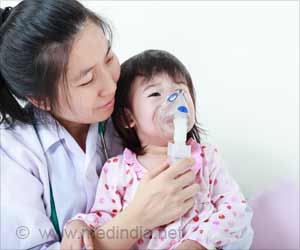They also quantified the interior surface area of mold, monitored indoor air quality for 3-5 days in main living areas, and conducted other detailed analyses, such as dust mite concentration and contaminants from wood smoke that could affect respiratory health.
Recent news coverage of requests for the Canadian Armed Forces to help remote Indigenous communities with COVID-19 outbreaks, which are partly attributable to poor housing conditions, underscores the relevancy of these findings in a broader sense.
“Without adequate ventilation, these houses are like living in a plastic bag,” says Michael McKay, director of Housing and Infrastructure, Nishnawbe Aski Nation, and a study author.
Inequalities and underfunding have resulted in houses that are poorly constructed and of insufficient size, with inadequate funding for maintenance and upkeep.
Researchers found high levels of the interior surface area of mold and high levels of endotoxin (the residue of certain bacteria), which is associated with wheeze.
Eighty-five percent of the houses lacked controlled ventilation, over half had damaged windows, 44% showed water penetration in exterior walls and 6% had immediate safety issues.
Twenty-one percent of the children in the study were admitted to the hospital during the first 2 years of life, and 25% of the children were medically evacuated for respiratory illness. Wheezing with colds was seen in more than one-third (39%) of children, although only 4% were diagnosed with asthma.
The study was conducted in partnership with the Sioux Lookout Meno Ya Win Health Centre, Sioux Lookout First Nations Health Authority, and the Nishnawbe Aski Nation.
Researchers urge action on improving housing and infrastructure in communities to benefit the overall health of First Nations peoples.
Economic opportunity, elimination of food insecurity, and provision of potable water will allow communities and residents to apply more resources to the upkeep of existing houses.
Source: Medindia



